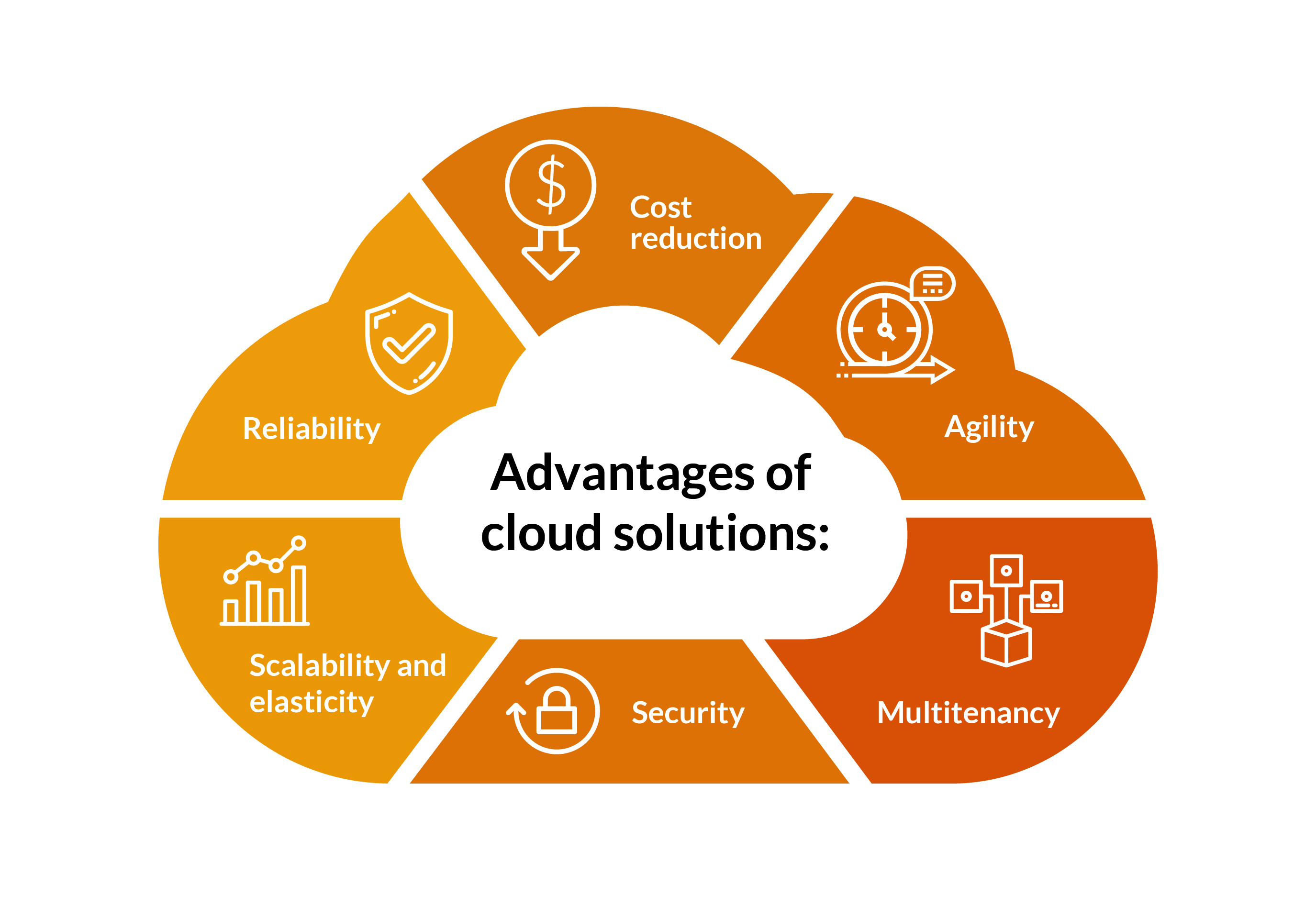Achieve Seamless Scalability With Cloud Solutions
In the ever-evolving landscape of cloud solutions, attaining smooth scalability stands as a keystone for modern-day businesses seeking to remain competitive and versatile. The capacity to effortlessly broaden or acquire sources in reaction to altering needs is an essential advantage in today's fast-paced electronic atmosphere. By understanding the art of scalable cloud options, organizations can not just enhance performance and simplify operations but also lead the way for future growth and development. The quest for seamless scalability with cloud services introduces a globe of possibilities for those eager to welcome the transformative power of vibrant resource monitoring.
Benefits of Cloud Scalability
Cloud scalability uses companies the versatility to dynamically adjust sources based on need, making certain optimum performance and price performance. Furthermore, cloud scalability advertises development and trial and error by allowing organizations to quickly evaluate new concepts and scale them as required. Inevitably, the benefits of cloud scalability expand beyond price financial savings to encompass enhanced performance, dexterity, and innovation.
Trick Attributes for Scaling
Reliable scaling in cloud solutions depends on crucial features that make it possible for organizations to readjust sources dynamically based on need. One more crucial attribute is scalability, enabling systems to handle increased workload by adding resources perfectly. In general, these vital features jointly encourage organizations to achieve seamless scalability in cloud solutions.
Carrying Out Auto-Scaling Methods
To efficiently enhance resource allocation and adjust to varying work, organizations should strategically execute auto-scaling techniques in their cloud services framework. Auto-scaling permits systems to instantly change the number of calculate resources based upon real-time demand. There are numerous auto-scaling approaches that organizations can employ, such as predictive scaling, which makes use of historical data to anticipate future resource demands, and reactive scaling, which reacts to present work changes.

Ideal Practices for Scalability
For companies intending to improve their scalability in cloud services, implementing ideal practices is important for optimal efficiency and resource management. One key best technique is creating applications with a microservices architecture. This approach breaks down applications right into smaller sized, independent services that can be released, upgraded, and scaled independently, permitting greater adaptability and scalability.
One more important method is utilizing containerization modern technology, such as Docker or Kubernetes. Containers allow the packaging of applications and their dependences into separated systems, making it much easier to scale components individually and release them regularly throughout various settings.
In addition, read this carrying out automated deployment and facilities as code (IaC) can improve scalability initiatives (linkdaddy cloud services). Automation tools like Terraform or Ansible assistance in provisioning and managing sources efficiently, reducing hands-on mistakes and enabling quick scalability
Furthermore, monitoring performance metrics, establishing up notifies, and performing regular capability preparation are vital practices to guarantee aggressive scalability management. By sticking to these best methods, companies can attain seamless scalability in their cloud services while maximizing performance and resource usage.
Tracking Performance Metrics
When examining the performance of cloud services scalability, carefully keeping an eye on performance metrics is necessary for making certain optimum capability and source allowance. By continuously tracking crucial performance indicators (KPIs) such as feedback times, latency, throughput, and source utilization, organizations can gain valuable understandings into the wellness and effectiveness of their cloud infrastructure. Keeping an eye on performance metrics permits the early discovery of prospective bottlenecks or concerns that can affect Recommended Reading scalability, enabling aggressive measures to be taken to resolve them prior to they escalate.

Conclusion
To conclude, attaining seamless scalability with cloud services is necessary for organizations to optimize efficiency, improve technology, and keep high performance levels throughout peak times. By leveraging the benefits of cloud scalability, executing auto-scaling techniques, utilizing vital attributes such as flexibility and automation, and complying with best practices like application design and efficiency surveillance, companies can efficiently scale their systems while maximizing source application and performance.
The quest for seamless scalability with cloud solutions unveils a globe of opportunities for those willing to welcome the transformative power of dynamic resource management.
Cloud scalability offers companies the adaptability to dynamically readjust resources based Visit Your URL on need, guaranteeing optimum efficiency and expense efficiency. An additional key attribute is scalability, allowing systems to manage boosted workload by including resources seamlessly.For companies aiming to boost their scalability in cloud services, carrying out ideal methods is essential for ideal efficiency and resource monitoring.When evaluating the performance of cloud services scalability, carefully checking performance metrics is imperative for making sure optimum functionality and source allotment.